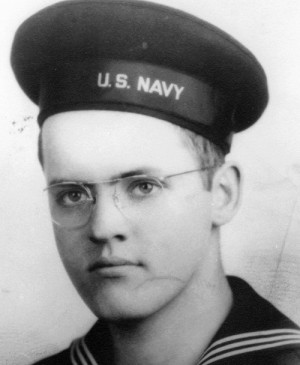 The Industrial Revolution was the transition to new manufacturing processes in the period from about 1760 to sometime between 1820 and 1840. This transition included going from hand production methods to machines, new chemical manufacturing and iron production processes, improved efficiency of water power, the increasing use of steam power and the development of machine tools. It also included the change from wood and other bio-fuels to coal. It began in Great Britain and within a few decades had spread to Western Europe and the United States.
The Industrial Revolution was the transition to new manufacturing processes in the period from about 1760 to sometime between 1820 and 1840. This transition included going from hand production methods to machines, new chemical manufacturing and iron production processes, improved efficiency of water power, the increasing use of steam power and the development of machine tools. It also included the change from wood and other bio-fuels to coal. It began in Great Britain and within a few decades had spread to Western Europe and the United States.

A beam engine of the Watt type, built by D. Napier and Son (London) in 1859. It was one of the first beam engines installed in Spain. It drove the coining presses of the Royal Spanish Mint until the end of the 19th century. It was donated to the Higher Technical School of Industrial Engineering of Madrid (part of the UPM) and installed in its lobby in 1910.
The Industrial Revolution marks a major turning point in history. Almost all aspects of life were influenced (much like computers did in the 20th/21st centuries). The period of time covered by the Industrial Revolution varies with different historians who had it in varying ranges between 1760 and 1840. Some 20th-century historians have argued that the process of economic and social change took place gradually and the term revolution is a misnomer. Economic historians are in agreement that the onset of the Industrial Revolution is the most important event in the history of humanity since the domestication of animals and plants.
The First Industrial Revolution evolved into the Second Industrial Revolution in the transition years between 1840 and 1870, when technological and economic progress gained momentum with the increasing adoption of steam-powered boats, ships and railways, the large scale manufacture of machine tools and the increasing use of steam powered factories.
The commencement of the Industrial Revolution is closely linked to a small number of innovations, beginning in the second half of the 18th century. By the 1830s the following gains had been made in important technologies:
- Textiles – Mechanized cotton spinning powered by steam or water increased the output of a worker by a factor of about 1000. The power loom increased the output of a worker by a factor of over 40. The cotton gin increased productivity or removing seed from cotton by a factor of 50. Large gains in productivity also occurred in spinning and weaving of wool and linen, but they were not as great as in cotton.
- Steam power – The efficiency of steam engines increased so that they used between one-fifth and one-tenth as much fuel. The adaption of stationary steam engines to rotary motion made them suitable for industrial uses. The high pressure engine had a high power to weight ratio, making it suitable for transportation. Steam power underwent a rapid expansion after 1800.
- Iron making – The substitution of coke for charcoal greatly lowered the fuel cost of pig iron and wrought iron production. Using coke also allowed larger blast furnaces, resulting in economies of scale. The cast iron blowing cylinder was first used in 1760. It was later improved by making it double acting, which allowed higher furnace temperatures. The puddling process produced a structural grade iron at a lower cost than the finery forge. The rolling mill was fifteen times faster than hammering wrought iron. Hot blast (1829) greatly increased fuel efficiency in iron production in the following decades.
The Industrial Revolution brought changes both good and bad. You can read more about the industrial revolution here.



 Check out my other blog
Check out my other blog I'M PUBLISHED
I'M PUBLISHED I'm Published Again
I'm Published Again









Those steelworkers always amazed the heck out me!!
LikeLike
I know I wouldn’t be able to sit on a steel beam high in the air like they do.
LikeLike
Are you kidding? I’d never get to CLIMB that high to try it!
LikeLike
It was amazing how this produced the robber barons and so much greed but also benefits. You will never catch me on a beam like that
LikeLike
Me either.
LikeLike